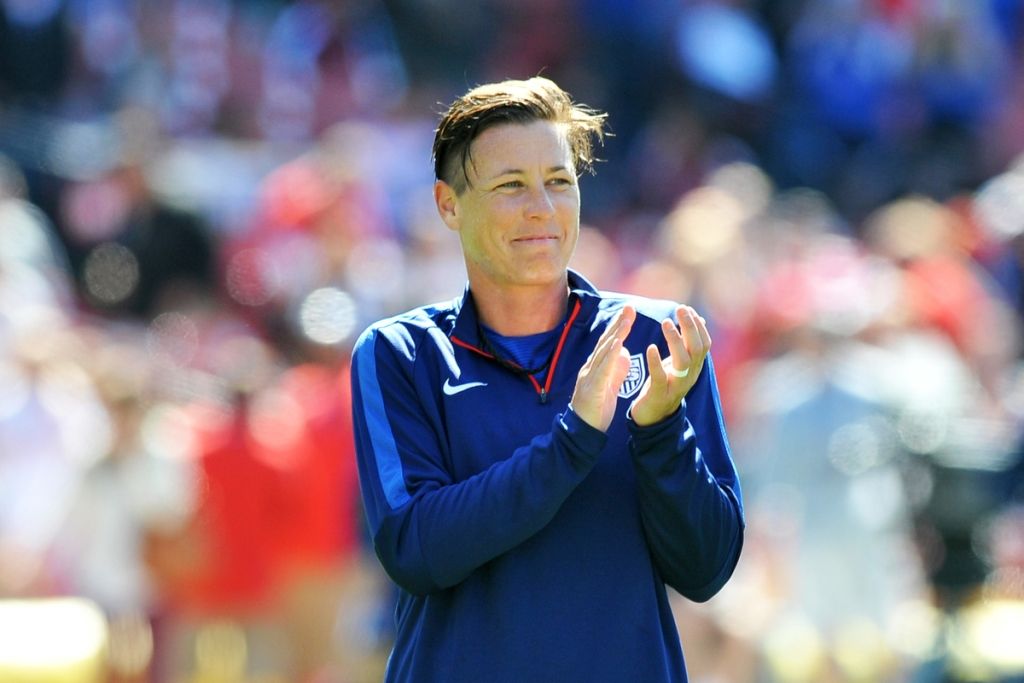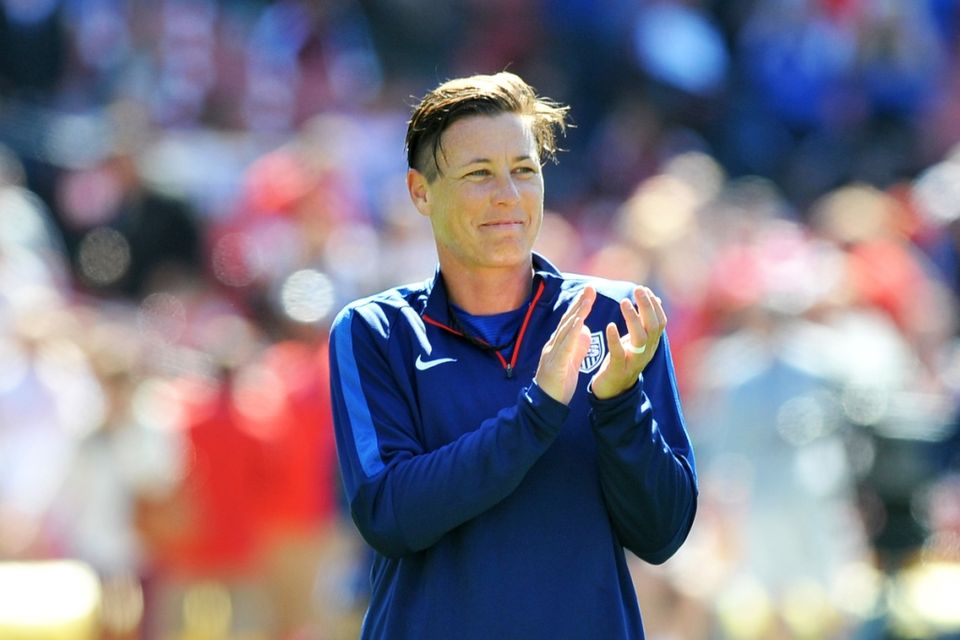The WNT 23: Depth, Versatility and Balance




Through the first six FIFA Women’s World Cups, 61 American players saw action in the tournament while representing the USA on the grandest stage of the sport. The seventh Women’s World Cup roster in U.S. history has now been set, and we can add eight new names who are hoping to join that elite club.
The eight Women’s World Cup debutantes -- Ashlyn Harris, Alyssa Naeher, Whitney Engen, Julie Johnston, Meghan Klingenberg, Morgan Brian, Sydney Leroux and Christen Press – represent the main strengths of this roster: depth, versatility and a blend of tremendous experience with some extremely gifted young talent.
These young guns not only give U.S. head coach Jill Ellis options in the starting lineup (they have been in the first XI for 26 games combined this year) but like many of their teammates, several can contribute at multiple positions. And of course, they provide some remarkably important ingredients to any successful team; young legs and an influx of youthful energy and wonder.
Depth
This Women’s World Cup roster may be the deepest ever assembled for a U.S. team, with almost every player having shown she can start and produce in an important match. It’s no secret that depth will be a key component for the teams that find success this summer, as the tournament now requires seven games to lift the trophy.
It will take seven of the most pressure-packed and competitive matches of a player’s career over a 30-day span to win the Women’s World Cup, and it’s a big ask for any player to play every minute. Ellis and her staff will be able to navigate those difficulties with 20 field players who are all confident and ready for the challenge.
“The past six months we’ve absorbed some injuries, but that’s helped improve our depth, and I feel confident that any one of our 23 players can start a game in the World Cup if needed,” said Ellis. “We’ve been able to play challenging teams and that has allowed us to vet our younger players and get them some great experience.”
Although Hope Solo will likely play every minute in goal for the second Women’s World Cup tournament in a row, Harris has done well in her starts this year and Ellis’ stated goal of having at least two starters at every position seems to have come to fruition.
At center back, the USA has four legitimate starters, including of course captain Christie Rampone, who has played the lion’s share of her 304 caps in the middle. Becky Sauerbrunn has become the USA’s most consistent presence in the middle of the defense, bolstered by Whitney Engen and Julie Johnston, the latter of whom has recently shown her international chops with a tremendous performance in three games at the Algarve Cup. She has already captained a U.S. team to a World Cup title, leading the U-20s in 2012 in Japan.
The USA also has four outside backs ready for selection, three of whom – Meghan Klingenberg, Kelley O’Hara and Lori Chalupny – can play on both flanks. Ali Krieger, who was one of the USA’s best players at the 2011 Women’s World Cup, is solidly entrenched on the right side, but has played in the middle extensively with her club.
The USA could play any of several combinations of central midfielders with veteran Carli Lloyd, Lauren Holiday and 22-year-old Morgan Brian likely to see the most minutes. Thirty-eight-year-old Shannon Boxx makes her fourth and final World Cup team and could provide valuable minutes to lock down a match.
On the flanks, the USA’s experience is vast, with Heather O’Reilly, Tobin Heath, Megan Rapinoe, and recently, Christen Press, adding many valuable dimensions from both sides of the field.
Of course, the USA’s five forwards bring an array of strengths, all of them sure to cause trouble for opponents. The lethal finishing abilities of Abby Wambach inside the penalty box, the breakaway speed of Alex Morgan and Amy Rodriguez, the scoring guile and final third explosiveness of Christen Press and the tenacity and bravery of Sydney Leroux are all difficult for opposing defenses to deal with.
Versatility
Having depth is one thing, but having depth AND versatility among those players is another thing entirely. The combination of the two gives the coaching staff the ability to line up in different starting formations and to change tactics during the course of the game, with substitutions, with the players already on the field, or both.
As mentioned above, the USA has outside backs who can play on both sides as well as several other players who can play flank midfield or push more forward, most notably Press, who has 20 goals in her first 41 games, and wingers Heath and O’Reilly. Lloyd, who has also played a few games in a wider role, Brian and Holiday are equally comfortable in defensive and attacking roles in the midfield while the offensive chops of Boxx, long more of a defensive-minded player, have never been questioned. She has 27 international goals and 24 assists in her long career.
Ellis has often spoken of the importance of relationships on the field, and who plays where and with whom will of course be a key to the USA’s success this summer.
“We’ve had several players over the past six months who have familiarized themselves with different roles within the team,” said Ellis. “The players have a really good understanding of their role, but if needed, can play another one as well.”
Balance
Any successful team has a blend of veteran leadership, young pros with plenty of experience and wide-eyed twenty-somethings who are itching to make an impact while pushing the veterans. This U.S. roster seems to have that mix.
History has shown that older teams tend to more often win world championships, but dependence on just experience is a gamble, as a team never wants to have too many players with too many miles on their odometers. Although the U.S. Women’s World Cup roster averages a remarkable 101 caps per player (with Rampone’s 304, Wambach’s 238 and O’Reilly’s 217 skewing that figure a bit), the average age is 28 years old, seemingly a perfect number. That’s how a team can combine talent with experience and fitness, as the majority of the roster is in their prime for international players.
“With only three subs in a match, having good cover in positions in all major lines and being able to have flexibility in the lineup allows you to adjust and adapt,” said Ellis. “Having players with that versatility allows us to do that within a match. With the potential of several games in heat and all of them on turf, having a good balance at goalkeeper, defense, midfield and at forward allows us to potentially rest players or have fresh legs when we need them.”
Any successful team has players who not only know their roles and embrace their roles but also execute their roles to the overall benefit of the team. With tremendous depth, versatility and balance to the 2015 U.S. Women’s World Cup Team, the squad seems poised for another deep run in this tournament.




